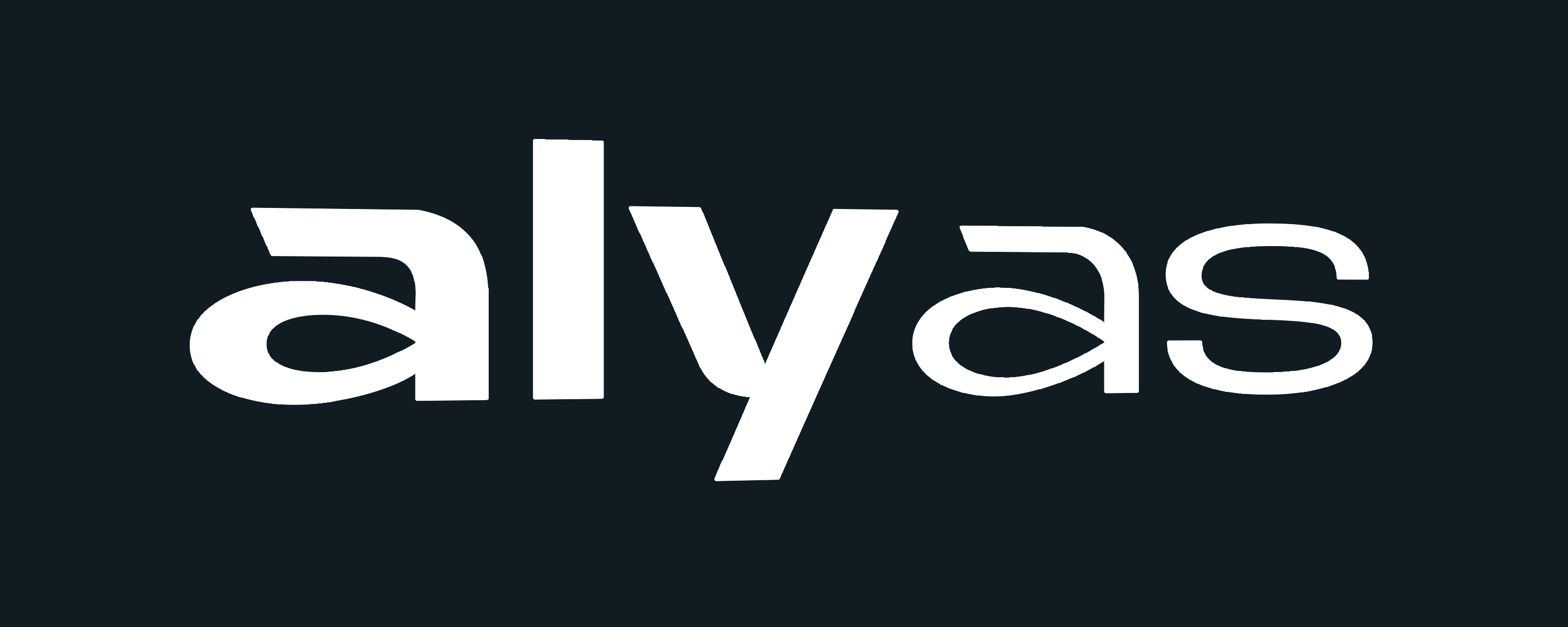
SMALL FIRES PUBLISHING
Identifying Users for a small company with big ideas
Figuring out who this social enterprise is speaking to and how we're going to speak to them.
Website & Content Strategy
The Brief
Small Fires is a social enterprise creating children's books based on the day to day lives of children living in communities around the world, from Mexico to Kenya. Profits from book sales go directly to helping co-authors/change makers with the projects they are working on to benefit their communities.
Small Fires future goal is to be a book publisher with multiple releases from numerous authors.
We were tasked with finding their audience, developing the website and a strategy to build a brand new community for this ambitious little start-up.
My Role
Our three man team shared everything UX on this one. It was a 2 week sprint so early on we made decisions on what was most necessary.
The main responsibilities I took on were market and business research, interview procurement and facilitaion, and persona development. As a group we mapped our findings, ideated, iterated and developed the content strategy, created marketing artifacts and developed the website.
It was an ambitious and incredible couple of weeks and my team was awesome!
Timeline: 2 weeks
Team: Three UX Designers, including myself
Responsibilities: Discovery, Ideation, Content, Website
Understanding the Business Model
Understanding the Business Model
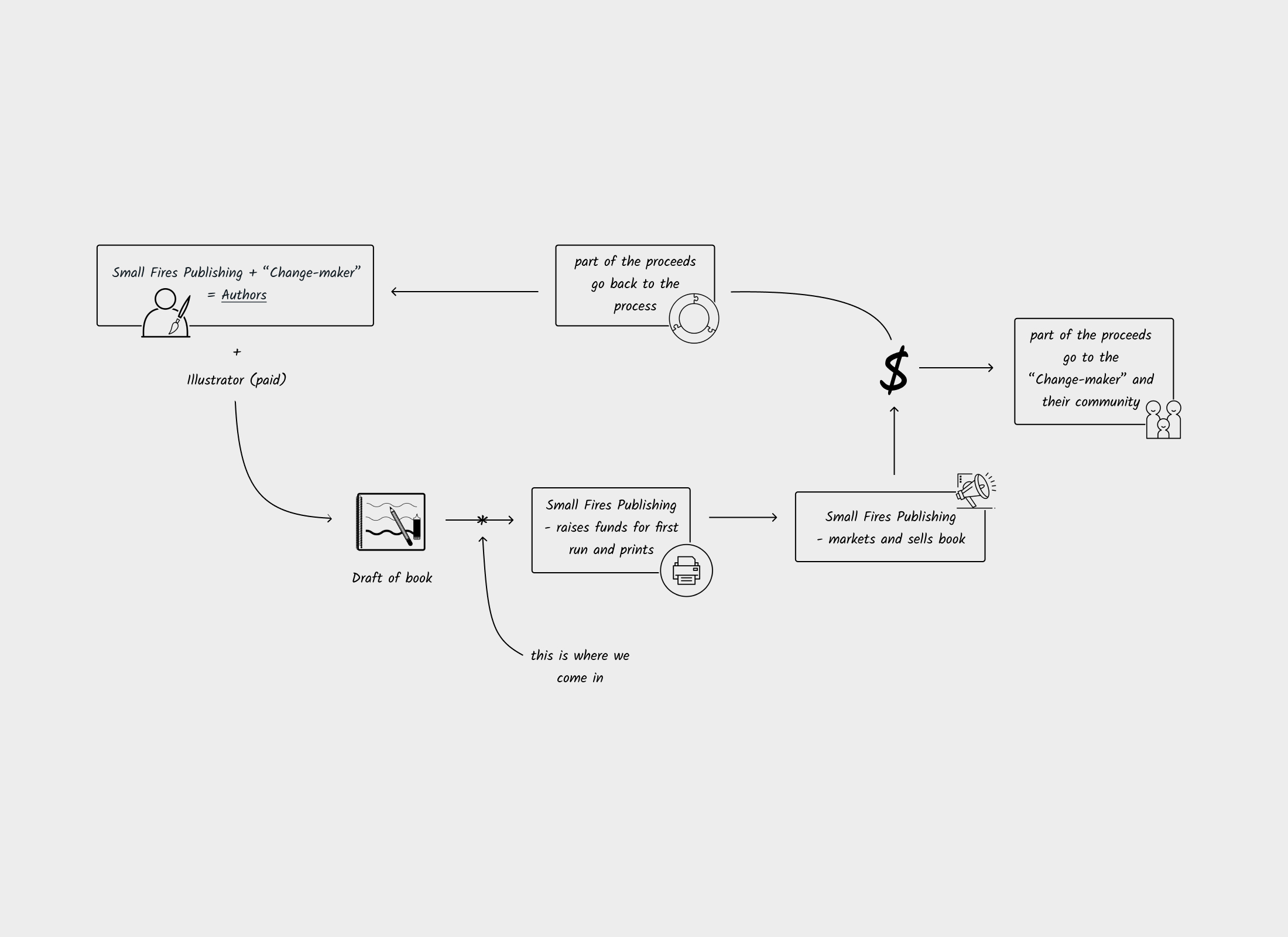
"We want today’s children to grow up knowing what we didn’t - that whilst the world is full of people who have a myriad of different cultures and backgrounds, we all essentially have very familiar experiences."
the client
"We want today’s children to grow up knowing what we didn’t - that whilst the world is full of people who have a myriad of different cultures and backgrounds, we all essentially have very familiar experiences."
the client
The Assumptions
The Assumptions
The project was a concept at a very early stage in its development. The stakeholders and my team had a number of assumptions that we needed to either validate or disprove in order to move forward along a viable path.
[We thought]
1. that people recognise this as a concept which needs to be taught to children.
2. the target audience are parents.
2a. it is a huge challenge to introduce new literature into the classroom.
3. people buy books not concepts.
So who did we talk to?
[overview]
We reached out to everyone we knew (as you do). Every parent who had a child 4-8 years old, and every friend, friend of a friend...of a friend who is a teacher. Some of the users were of course both carer and educator.
- we reached 55 people
- we asked about reading habits
- about learning and teaching habits
- what people felt kids responded to
- and so, so many whys
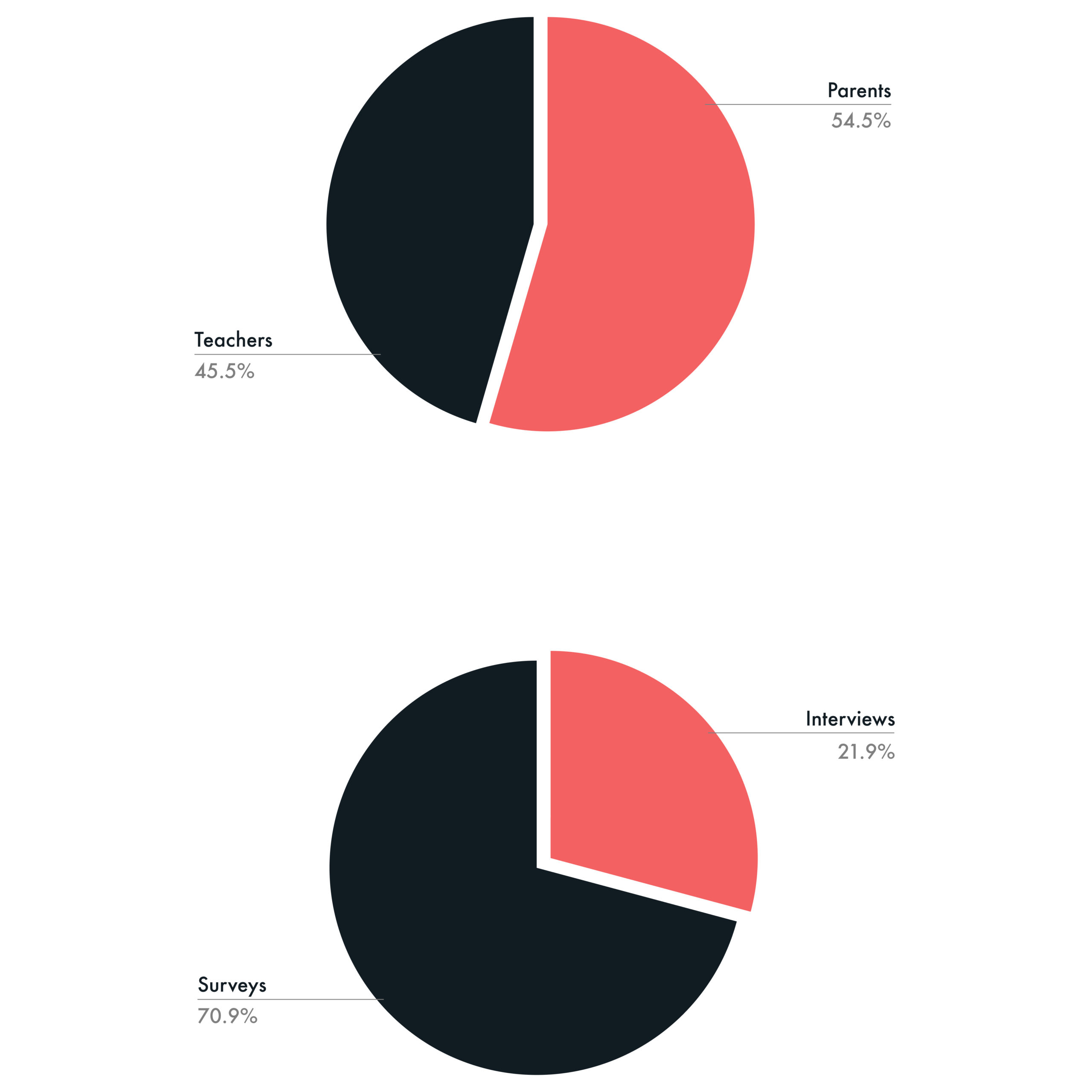
...and what were they feeling?
...and what were they feeling?
Parents
Parents admit they buy books based on beautiful illustrations as well as books that are entertaining for both parent and child.
Over 80% of parents interviewed said they chose books based on what it looked like, and not the message.
"I buy based on illustrations and with the hope that it will entertain both of us."
"I admit that I don't intentionally look for books that educate."
Parents put a lot of importance in their children learning about social awareness, climate change, refugees, diversity etc. but rarely bought books as tools to do so.
Educators
Through our interview process we found that the educators we spoke to were slightly more proactive in their lessons about social awareness and issues facing the world.
Educators
Through our interview process we found that the educators we spoke to were slightly more proactive in their lessons about social awareness and issues facing the world.
"I choose books based on how it relates to a topic, it's theme and message."
"Empathy is the big thing, it is a skill."
We immediately began hearing the word "empathy" when speaking to educators and their belief that it was the encompassing concept they were trying to teach. How and when they taught it was an ongoing hurdle for everyone we spoke to.
Validate or Disprove
Our Assumptions
[Insights]
At this point we had all the information we needed to re-evaluate our assuptions.
We found
1. people did find this is a lesson that children would benefit from.
2. educators not parents, are our target users.
2a. educators and librarians chose the literature used to support the curriculum. This meant that there was access and potential for the book to be used in classes.
3. educators were quickly sold on the concept without even sampling the book.
Our main takeaways from the research
1.
Parents are more reactive than proactive when it comes to books for their kids.
1.
Parents are more reactive than proactive when it comes to books for their kids.
Our opportunity is to target educators
2.
Empathy is the big thing that Educators keep referencing.
Empathy is the why
3.
Educators are looking to teach empathy and diversity to students, but find it difficult.
Small Fires could be their tool
Problem Statement
Educators need a way to build empathy in students, so that those students can develop positive relationships locally and globally.
Market Reasearch
and Where We Fit In
We researched and considered which other children's books existed in a similar space, then entered them into this Competitive Analysis Matrix to see where an opportunity may exist for Small Fires and their books.
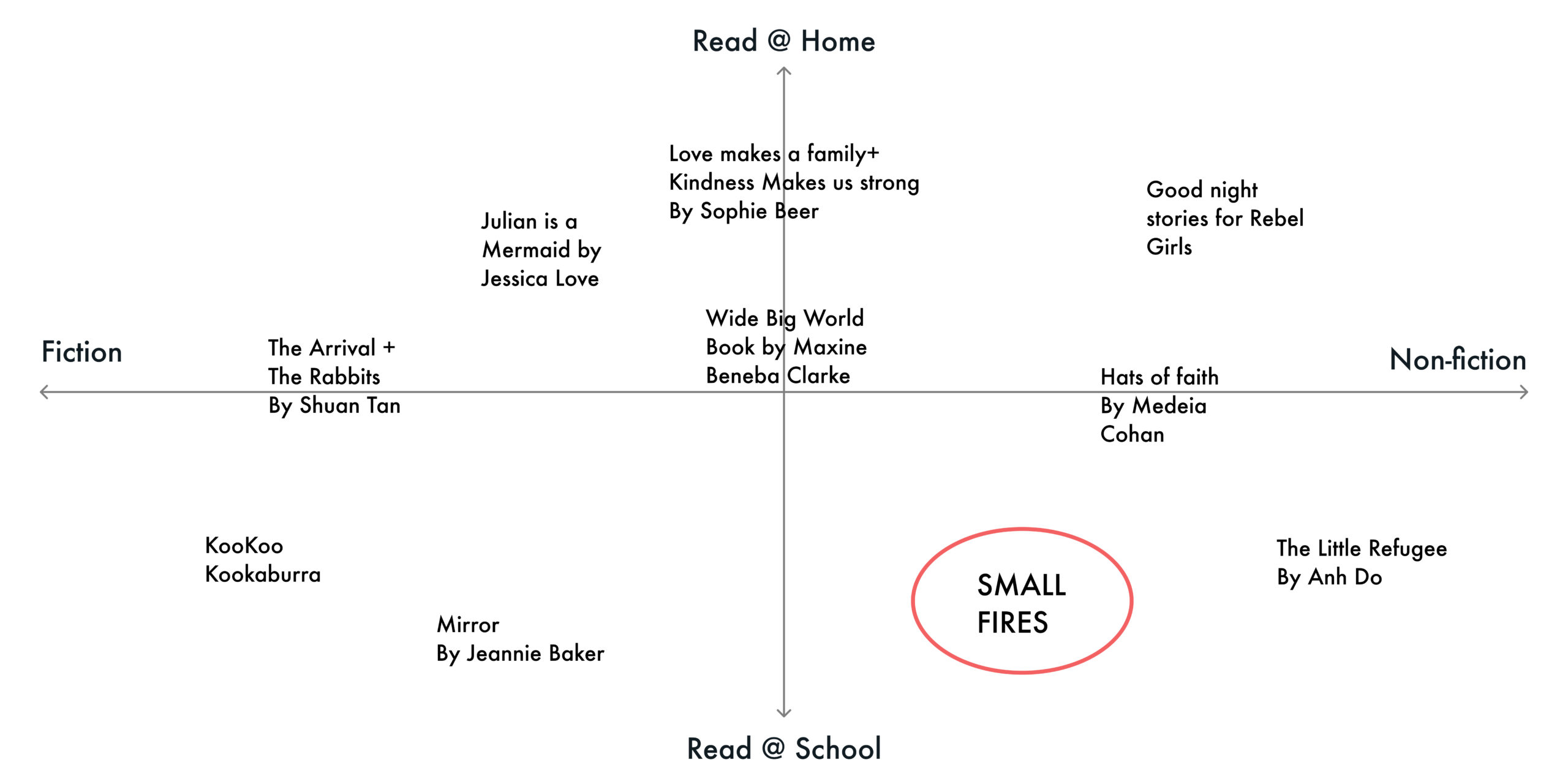
The Primary Persona we are designing for
The Primary Persona we are designing for
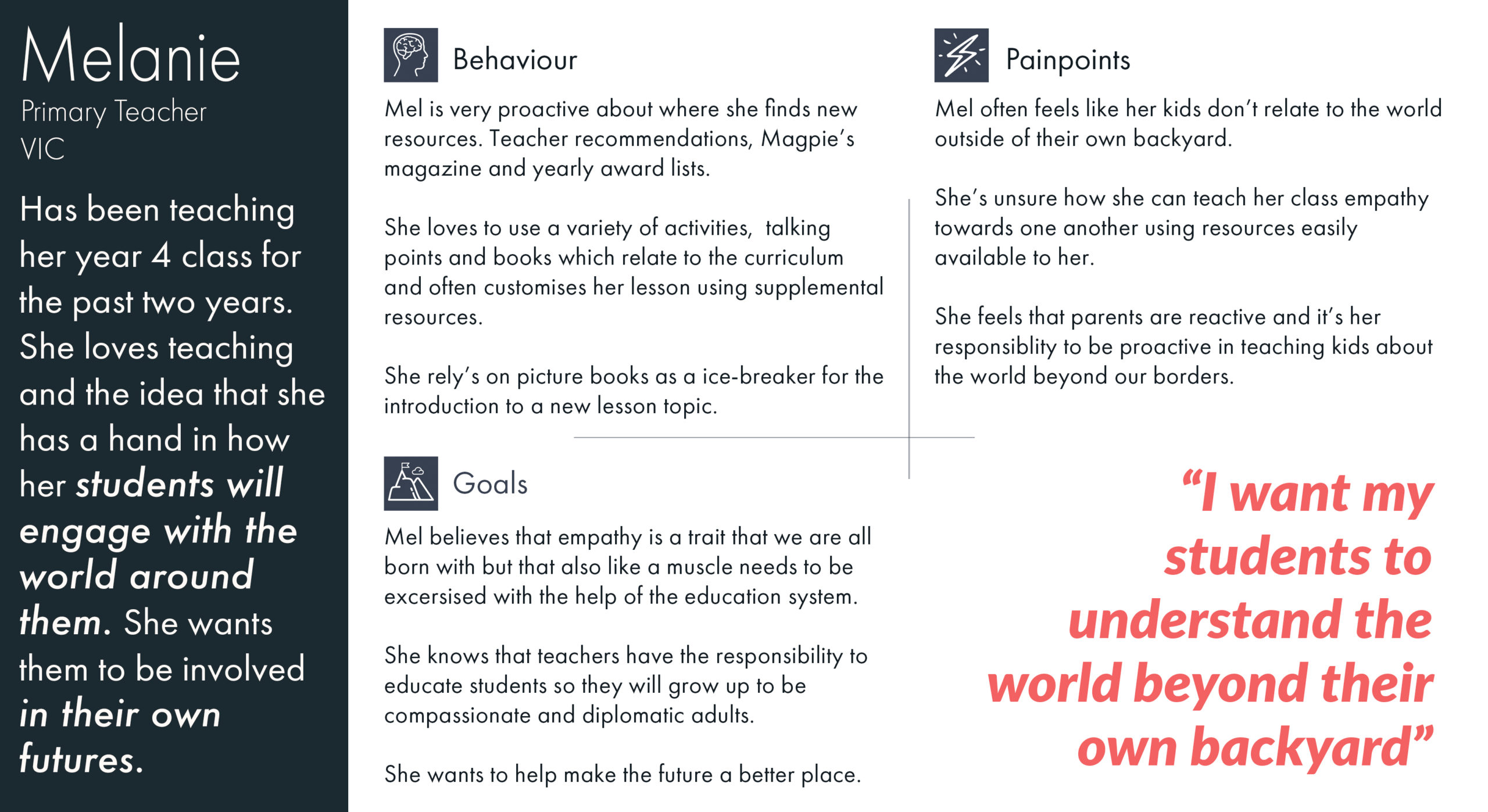
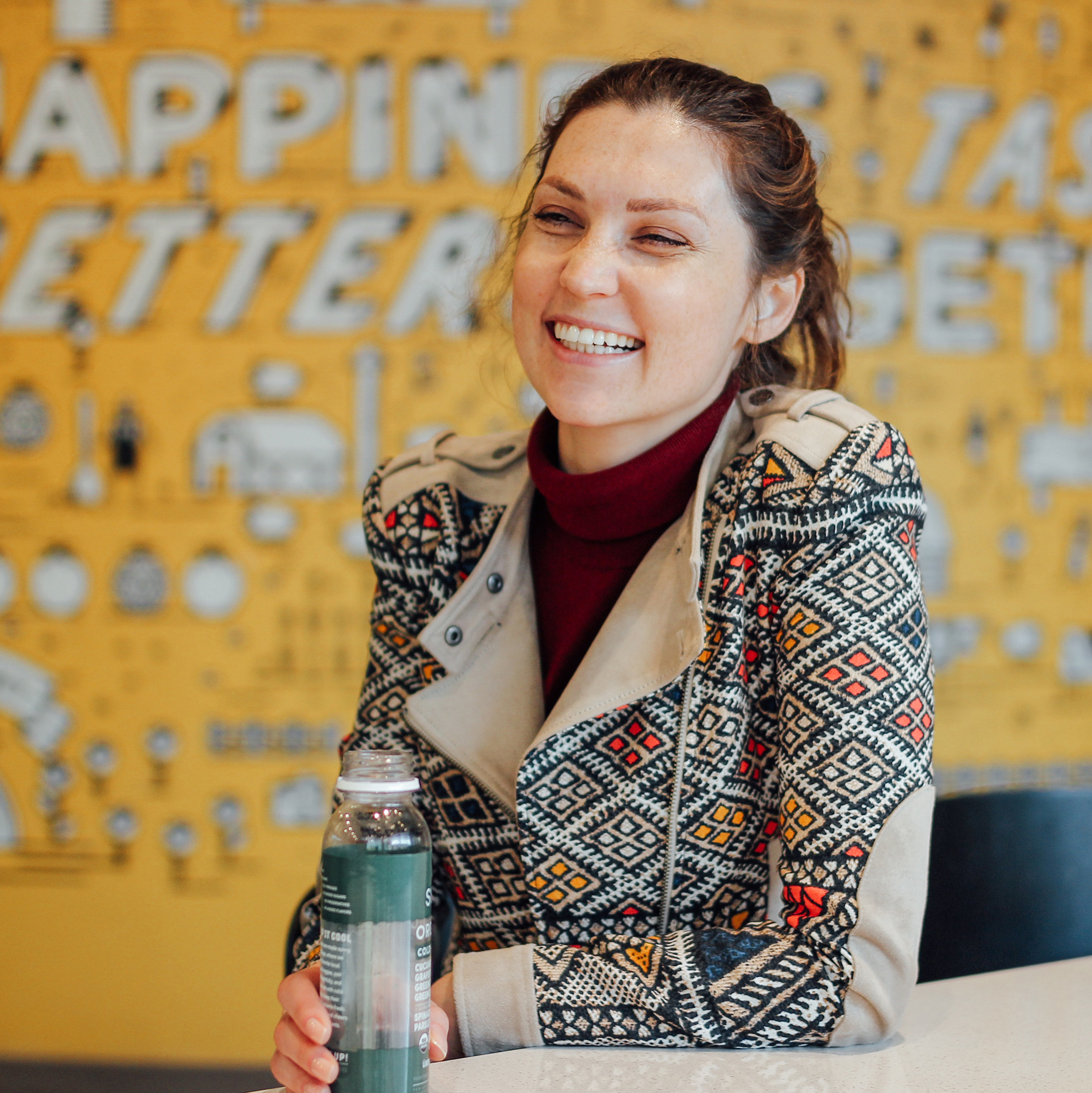
A little deeper into the research
We really wanted to know why Melanie and other educators are right to want to teach empathy to their students. So we dug a little deeper into the science, and this is what we found.
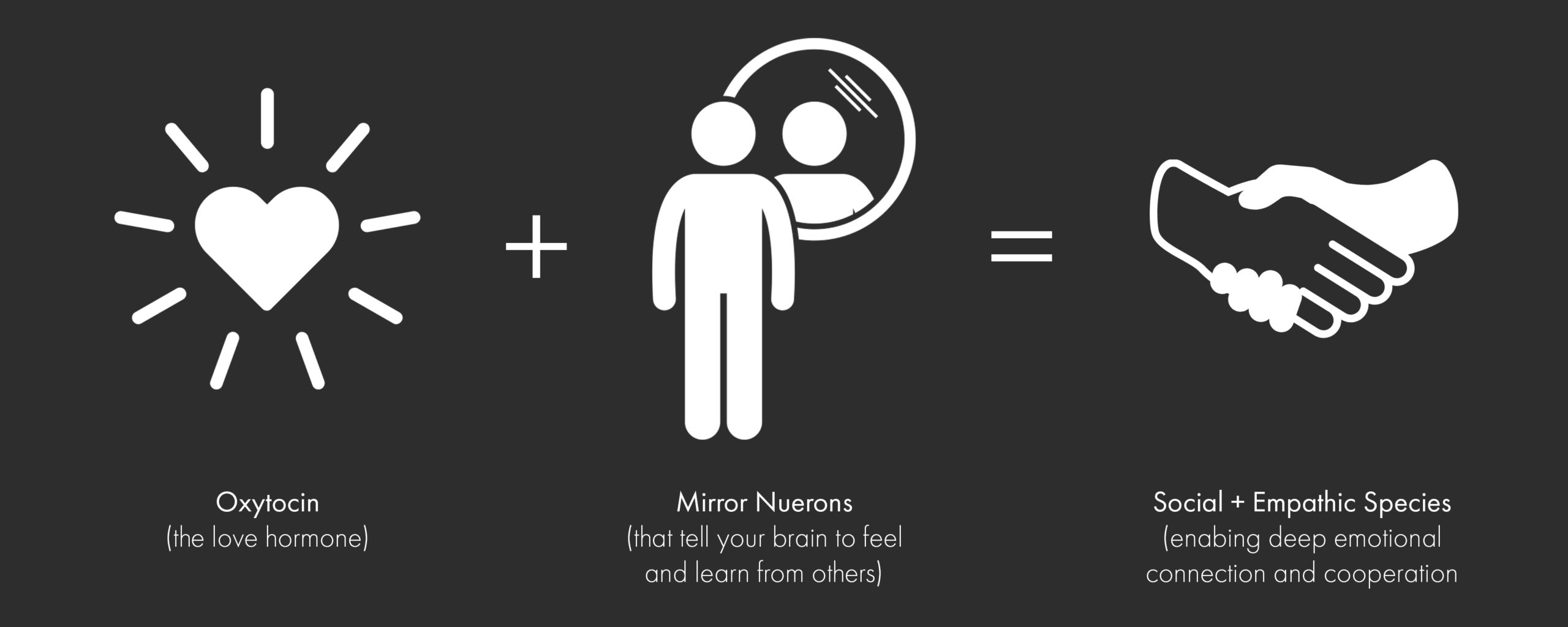
“Neurological and medical aspects of empathy suggest that empathy involves a recognition of another person’s feelings and a response to it, that is understanding another person’s mental state and acting on this understanding.”
(Baron-Cohen, 2011)
“Neurological and medical aspects of empathy suggest that empathy involves a recognition of other person’s feelings and a response to it, that is understanding another person’s mental state and acting on this understanding.”
(Baron-Cohen, 2011)
Average level of “empathic concern” declined by 48% between 1979 and 2009, with a particularly large decline between 2000 and 2009.
A study, done by Dr. William Axinn of the Populations Study Center https://
www.educationworld.com/teaching-empathy-post-empathetic-world
Average level of “empathic concern” declined by 48% between 1979 and 2009, with a particularly large decline between 2000 and 2009.
A study, done by Dr. William Axinn of the Populations Study Center https://
www.educationworld.com/teaching-empathy-post-empathetic-world
The importance
of Community
At this point in the Small Fires journey we discussed what the best way forward was for the project. We knew who we were speaking to (educators) but now we needed to discuss how we were going to speak to them as a whole. We also needed this community to help back the project for it to be successful.
“Great fundraising is done by connecting the disconnected and organising the tribes who want to hear from each other, and you are the center of it.”
The importance of community underlied all of the decisions we made going forward for both the business and the user.
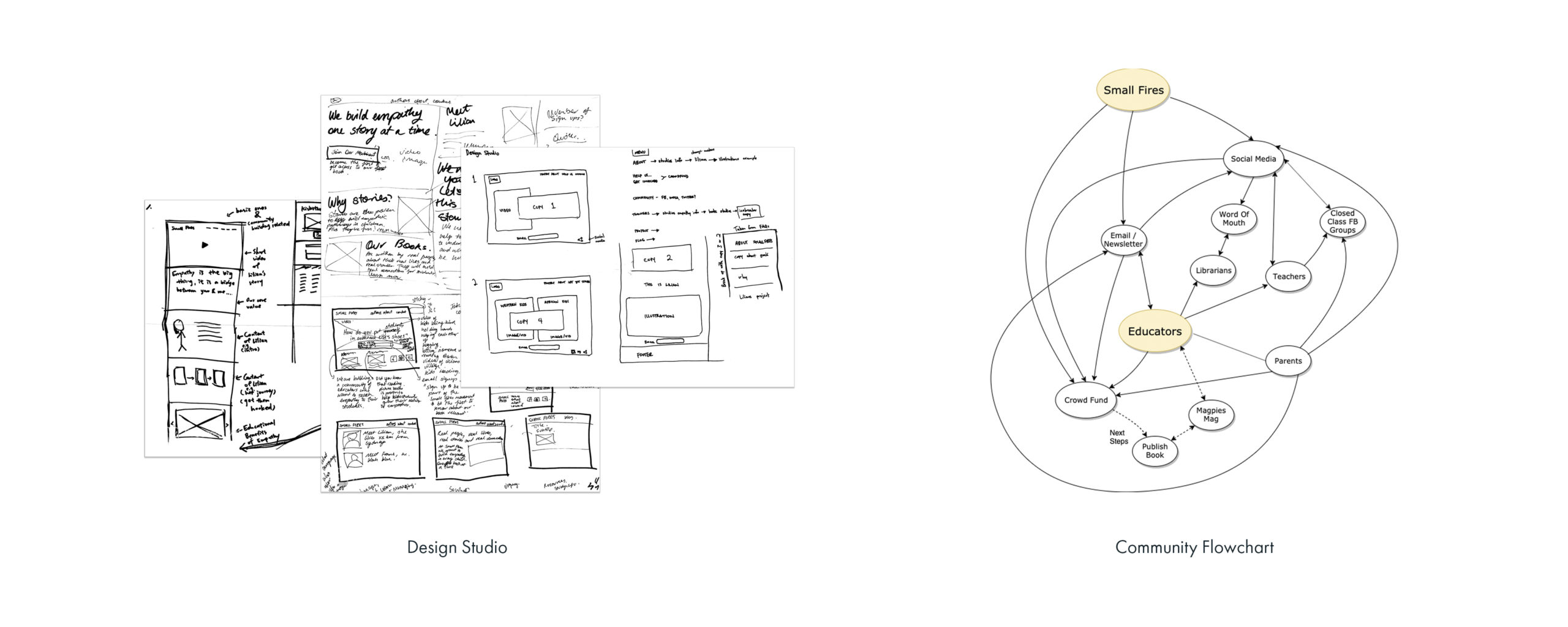
Our Hypothesis
We believe that by targeting educators with engaging content that emphasises the importance of teaching empathy, they will join the Small Fires community.
We will know this to be true when we see Educators buy into the vision by registering their interest on the website.
So what do these ideas
look like in practice?
They look like a content and brand strategy that will be used as the building blocks of the Small Fires community. We developed a content document based on our Persona and our understanding of the community. Within the document we defined the message, the categories, tone of voice and copy, that would be employed to communicate with Users.
The Categories
1.
Credibility
Begin talking about educational outcomes. Get heavy into the academic research and deliver your findings in an easy to understand way. This will instantly connect you to the Users (Educators).
2.
Better Outcomes for Kids
Using the research, show the stats of improvement in the classroom (reading and understanding + math comprehension), future jobs and development, and most importantly the strong relationships kids will have throughout their lives.
3.
Inspiration for Educators
Promote the role of the Educator! Show that World Leaders believe in the power of empathy! Emphasise the stories of your co-authors/change makers, and relay all that you've learned on your Social Media platforms.
The Guidelines [a sample]
Tone of Voice
1. There is no ‘I’, only ‘we’
Small Fires is a community consisting of educators, parents and authors. It’s our job to bring them together and give them a way to teach children about the world.
2. We support educators in their goals
We are here for educators, to help them out, to support their needs and pre-empt questions.
Convey Our Message
3. Always clear, informative and supportive
Doesn’t just describe how we behave. It’s our voice – the way we talk to our educators, and to the world – it’s built on empathy as the foundation.
4. What is our brand attitude?
The future belongs to the youth and it is our responsibility to give them the tools they need to create a better world.
Embody That Message
5. We cut jargon
We talk in a way altruistic educators understand, avoiding buzzwords and jargon.
6. We write for educators
Educators have a tough job and we’re here to make it easier by keeping copy to a minimum and cutting straight to the point with facts.
7. We seek impact
We want our idea to be memorable and spark further conversation. We want to create a community that Educators want to be part of.
We need to
Change the Copy
[examples]
Old:
“Small Fires is a new series of children’s books that show what it’s like to grow up in different places around the world. Each book contributes to social impact in that place. Simple.”
Changes to:
“Small Fires creates stories that help you teach kids what it’s like growing up in other places”
Old:
"World-changing books"
Changes to:
"Teach empathy one story at a time"
Old:
"I'd love you to join me!"
Changes to:
"Let's get this fire started!"
Branding & Social Media
We did a complete overhaul of the brand in a very short amount of time. From the logo and typeface, to the palette. The most exciting part though, was this is where we really started putting all of those content guidelines into effect.
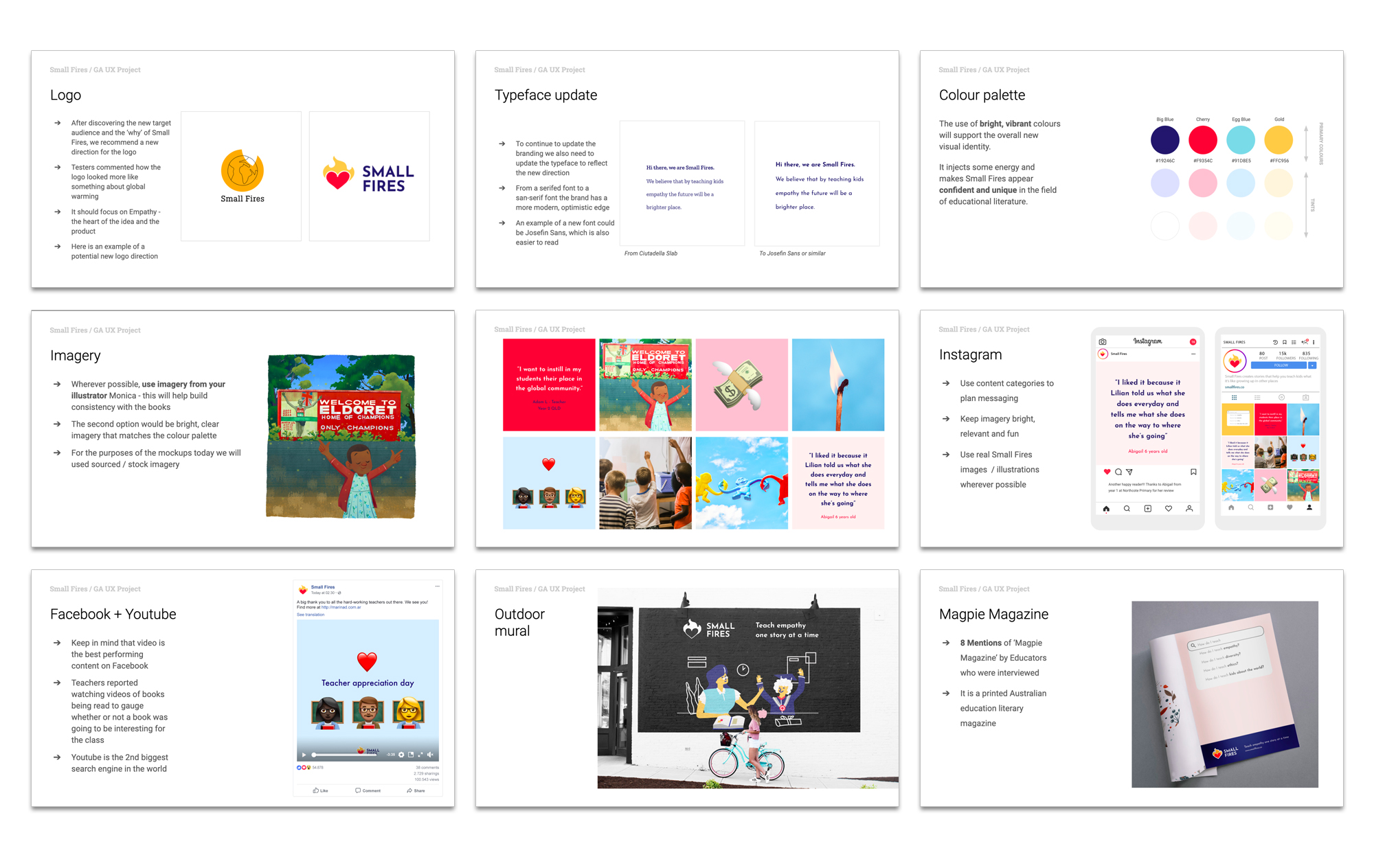
The Landing Page
We first began with paper, creating a structure, hierarchy and new copy to help tell the Small Fires story in a concise and easy to follow format.
Hierarchy
1. What we want to help you do
2. How we will help you do it
3. Quote from our audience
4. The tool we’ll give you to use
5. Our author's story
6. A call to action (join our community)
The Landing Page
We first began with paper, creating a structure, hierarchy and new copy to help tell the Small Fires story in a concise and easy to follow format.
Hierarchy
1. What we want to help you do
2. How we will help you do it
3. Quote from our audience
4. The tool we’ll give you to use
5. Our author's story
6. A call to action (join our community)
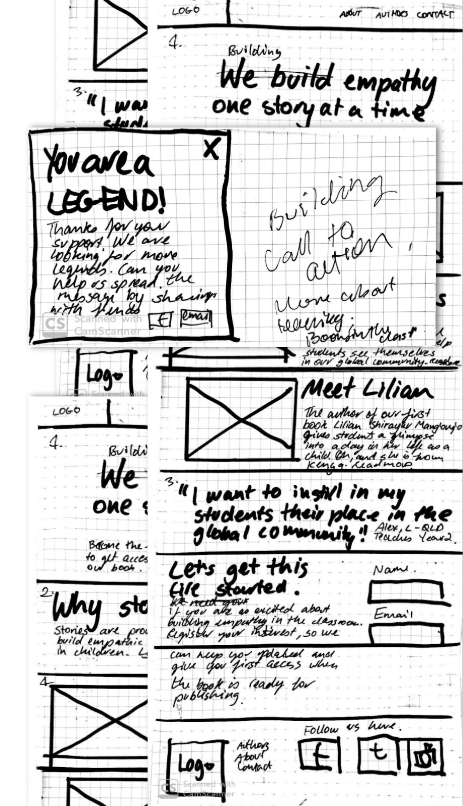
The Final Look & Feel
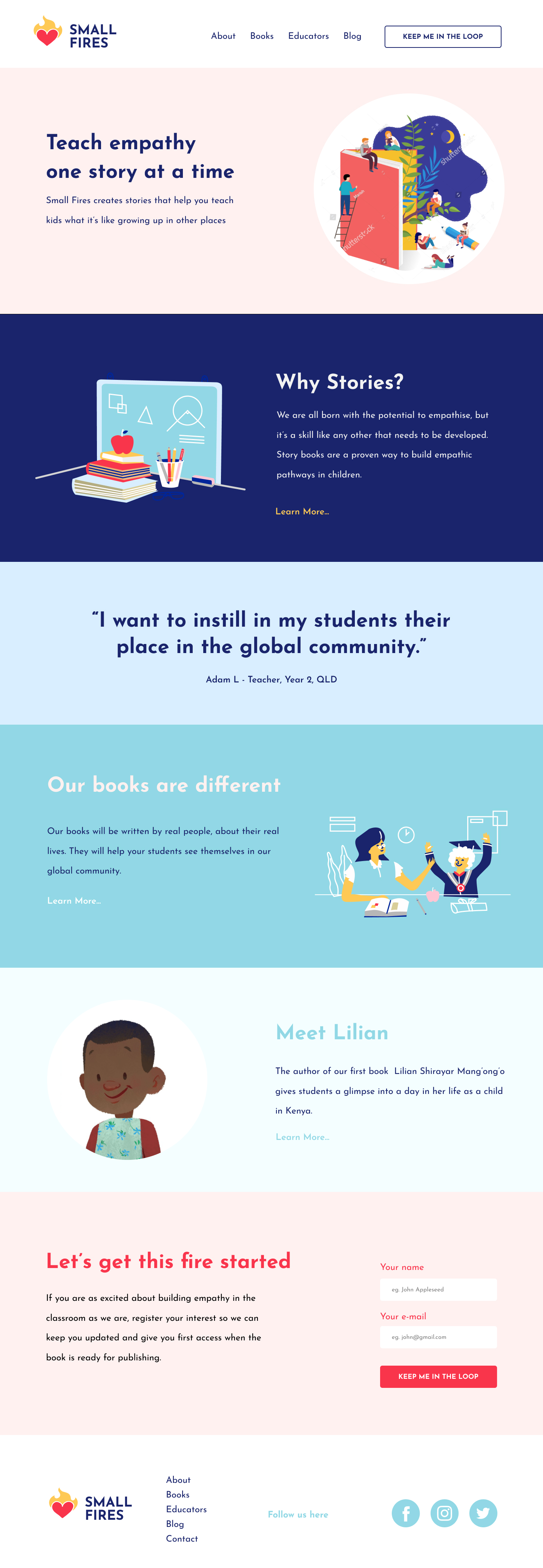
My Retrospective
My Retrospective
1.
Understanding our biases early on
We really began from concept level on this project, but a really great concept can fail without validation from the right audience. We learned early to document our assumptions and to use the research to validate or disprove them without leading the conversations we had.
2.
Learning about content from scratch
Who we were speaking to and how we were going to speak to them became the focus in this project. Our target audience and the content that we would use to communicate our goals to help meet their goals were all deciphered from the many why's we asked during the research phase. Our team had no experience in content building so we all had to dive into it with reckless abandone! We made plenty of mistakes as you can imagine, but we kept massaging it, testing it and massaging it some more to make the message clear and concise.
Thanks for reading!
Let's talk about it!
©2020 Alyas Mawani
